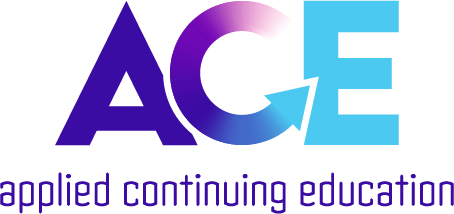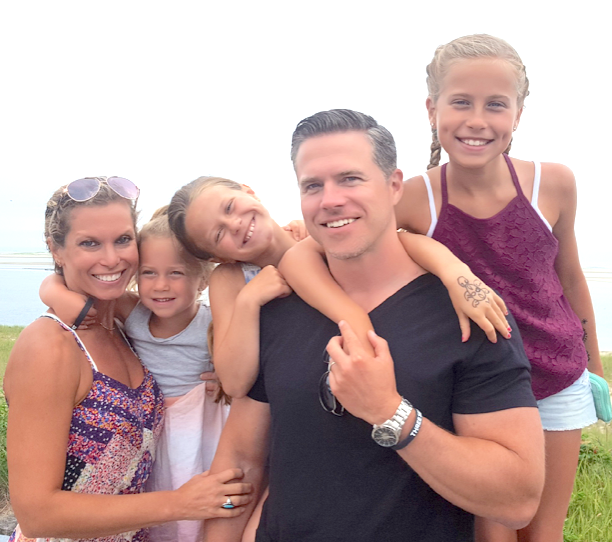This is David Straight, PT and co-owner of E-rehab.com. We spent some time with one of the managing partners of Applied Continuing Education (ACE) to learn more about his unique story and why he started ACE.
Below you will find an edited transcription of our interview.
Mike, thanks for joining me today and taking the time to share more about your new continuing education company.
First, a little background: How long have you been a PT, a private practice owner of Orthopaedics Plus, and can you let us know about your wellness/fitness side of your education?
I’ve been a physical therapist since 2000. I suffered a lot of injuries in high school playing sports and had a need for physical therapy on a regular basis. I knew that I loved being an athlete and healthy and fit and it would kill me not to do all I could to maintain my health and ability to compete.
My PT helped me recover and be stronger over and over again. As a patient I became very interested in learning about the body, how to rehabilitate it, and how to teach. My personal experiences inspired me to become a fitness professional as well as earn my doctoral degree in physical therapy.
Through my interactions with fitness clients and patients, I quickly realized that good communication skills are critical when it comes to caring for the human body.
I recognized this early on and developed a real interest in optimizing communication – in both my fitness center and later in my career when providing physical therapy care to my patients.
As a clinician, if I want to help patients to the best of my ability, I have to be able to communicate how I can help them recover their function, how to motivate them to transition to fitness, and how to accomplish their goals.
Of course, as a physical therapist, manual therapy skills are super important. That’s why my PT clinic business partner, Justin Pezick and I both did two-year fellowships at the Institute of Orthopedic Manual Therapy (Boston University).
But, there’s only so much you can do with manual therapy. It’s important to communicate what, why, and how you are going to apply manual therapy. Bigger picture, you have to gain trust with your patients and that’s about communication, not manual therapy.
Why did you put together a shoulder con-Ed course?
Since 2011, when I was teaching courses about therapeutic exercise for older adults, my clients were frantically taking notes.
I asked myself, why were these clients so voraciously consuming the information I was sharing?
It didn’t take to long for me to realize that the public and the patients we care for at both the fitness center and the PT clinic, are confused about how to recover from injury and dysfunction.
The medical industrial complex often speaks of doom and gloom when it comes to recovering from conditions like a rotator cuff tear.
You Mentioned that You had Some Personal Experiences that Helped Clarify the Need for Better Communication. Can You Expand on That?
Yes, I wasn’t given a lot of options (other than surgery) when I personally hurt my lower back and shoulder.
When I was 22, I worked at an orthopedic surgery clinic. I had a massive rotator cuff tear and conservative options like physical therapy weren’t really discussed. I had access to great surgeons and all they wanted to do was repair my problem. For nine months I studied alternative options to surgery and when I returned home, I started the process of rehabilitating my shoulder without having surgery. The good news is that I recovered, started playing baseball, got involved in heavy weight training, and never had the surgery.
I can say with certainty that surgery isn’t the only option for a rotator cuff tear…and today, more and more clinical research is arriving at the same conclusions. Reference
Between my personal experience and my deep dive into the clinical research about shoulder problems, I was compelled to develop an educational program for physical therapists that would teach and help them to share information about both conservative and aggressive treatment options for shoulder problems.
I found this to be my calling – physical therapists need to learn how to communicate as well as put their hands on their patients.
So, that’s my story and why I’ve developed continuing education for the shoulder and PT CEU courses for weight loss as well.
Physical Therapy is as Much About Communication as Hands-On Techniques
Physical therapist continuing education is often about manual techniques, but we clinicians need to learn how to gain trust or build that “therapeutic alliance” with our patients. That’s what I help my students accomplish.
I’d like to invite my physical therapist colleagues to learn more about our approach to the physical therapy communication side of treatment.
Our students have said it is some of the best education they’ve ever taken, and it is a perfect additional to where physical therapy school left off.

